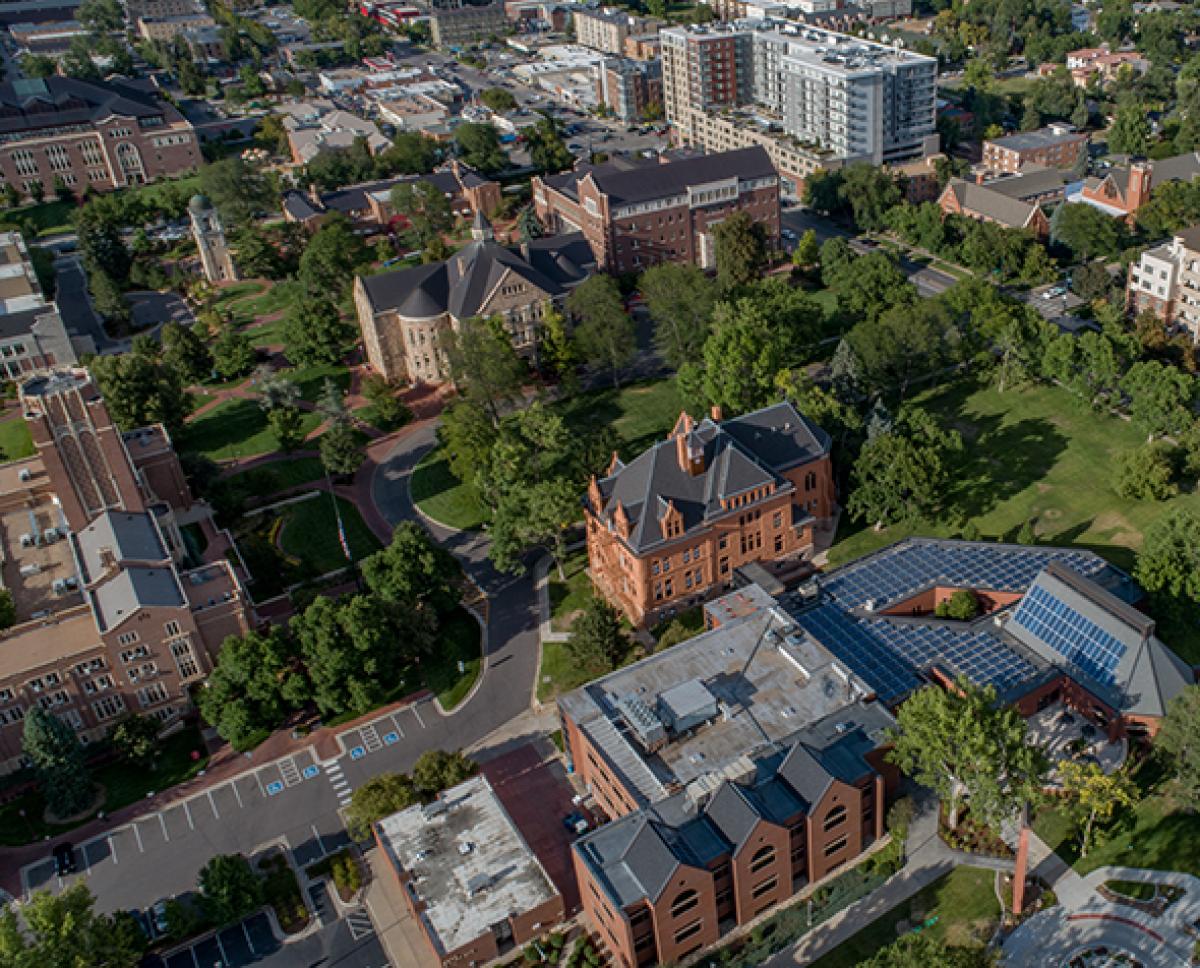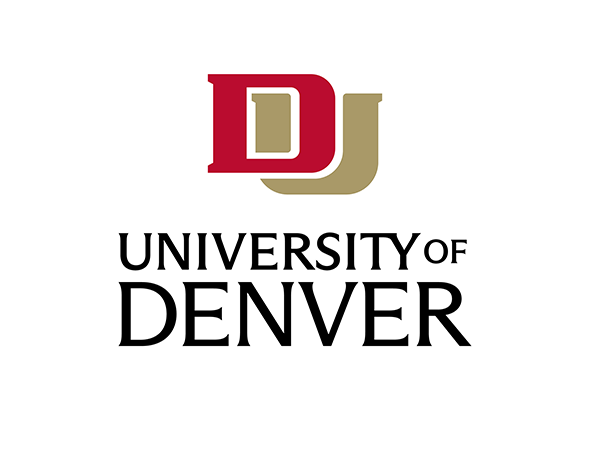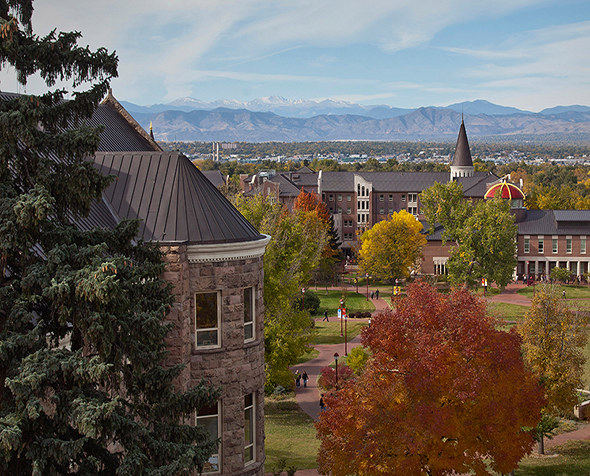DU Grant Funding Soars Thanks to Faculty Efforts, Improved Infrastructure and R1 Status

With all the research taking place on the University of Denver’s campus, it’s hard for Corinne Lengsfeld not to be excited about her job. The senior vice provost for research and graduate education is practically humming with enthusiasm after a record grant award year for the University.
“It’s so phenomenal to see what the faculty and staff have achieved,” Lengsfeld says. “Because each one of those awards really is somebody’s passion. It’s not just money to do a little bit of science. It doesn’t matter the size of the grant. It’s money that allows faculty to unleash their passion for public good. Every dollar, every second spent on that work, it’s part of our impact on society. That’s super, super energizing.”
The fiscal year starts July 1, and the first month of FY2023 saw a 14% increase in grant spending year to year. But in August, the total volume of awards skyrocketed, eclipsing $14.3 million, nearly half of the entire total from FY2022. This was anchored by a $4.8 million grant to the Colorado Evaluation and Action Lab, but also included $3.7 million to study gaps in postpartum depression services. A pair of $1.8 million grants from the National Institutes of Health funded research into biological changes in hypoxic environments and a platform technology for the bottom-up synthesis of a directly polymerizable CO-releasing molecule.
That month provided just a slice of the research taking place across the University, but it highlights the diverse, impactful studies focused on the public good that are funded at DU.
Lengsfeld says the jump is thanks to the University’s R1 status and increased faculty engagement across all disciplines.
“Number one is just the type of powerhouse faculty we’ve been able to attract to our campus,” she says. “Part of that is R1 and part of that is that we’re a great campus to be at. Two, between the deans and the provost’s office, we’ve set up onboarding and proper infrastructure to support this volume of funding in a way that we haven’t in the past. That’s improved dramatically over the past four or five years. Finally, the more visibility we have, the more people want to fund us. Looking back, I should have been able to see the R1 designation coming, because we had a three-year period where the prestigious award grants were rising, and that’s really an indication of your peers valuing and giving credibility to your research.”
It’s not about to slow down, either. December was the last month of grants made public by the Office of Research and Sponsored Programs, with a total of $6.6 million in funding. It brings the fiscal year total to $42.2 million, a huge amount for the halfway point of the cycle. More than $65 million in grant awards from previous years have been awarded but not spent, which will further bolster the total.
DU’s approach to R1 status and growing grant awards is relatively rare, Lengsfeld says. Most R1 universities structure their funding around a medical school or engineering school, but DU had an intentional vision to build across all disciplines.
“All boats rise and you’re a lot more stable,” Lengsfeld says. “Our portfolio is so diverse that no matter what federal administration comes in, we’ll be able to weather it because we have so many different avenues for research.”
More than 300 primary investigators on campus are performing some sort of grant-funded research, with more than 40% of faculty funded in some form. Last year, 533 students also received some sort of research-funded stipend. Of those, 137 received full tuition and a salary, increasing access and opportunity for students who otherwise might not have been able to attend DU.
That research trickles down to students in other ways, Lengsfeld says, starting with professors applying their research to classroom teaching.
“If you talk to any faculty member for maybe 15 minutes, you’ll hear about how they’re using that research to teach in the classroom,” she says. “In most other R1 institutions, those faculty aren’t even in the classroom. Beyond those 533 students who are directly involved, lots of students are getting exposure to the research by faculty drawing it into the classroom. It’s an incredible educational opportunity.”
Lengsfeld added that while the financial side of grant funding and research does increase opportunity, prestige and visibility, it’s “not all about the money.”
“There are so many wonderful faculty who don’t get a dime and who are completely changing the way America and the world thinks on certain topics,” she says. She recently worked with a company to identify 100 faculty on campus who are eligible to be nominated for prestigious, honorific awards around the country. “These people are funded and unfunded, and they’re in departments you might not expect. We’re going to have some serious fun over the next three years and really take the world by storm, just by getting these people the recognition that they should have.”










